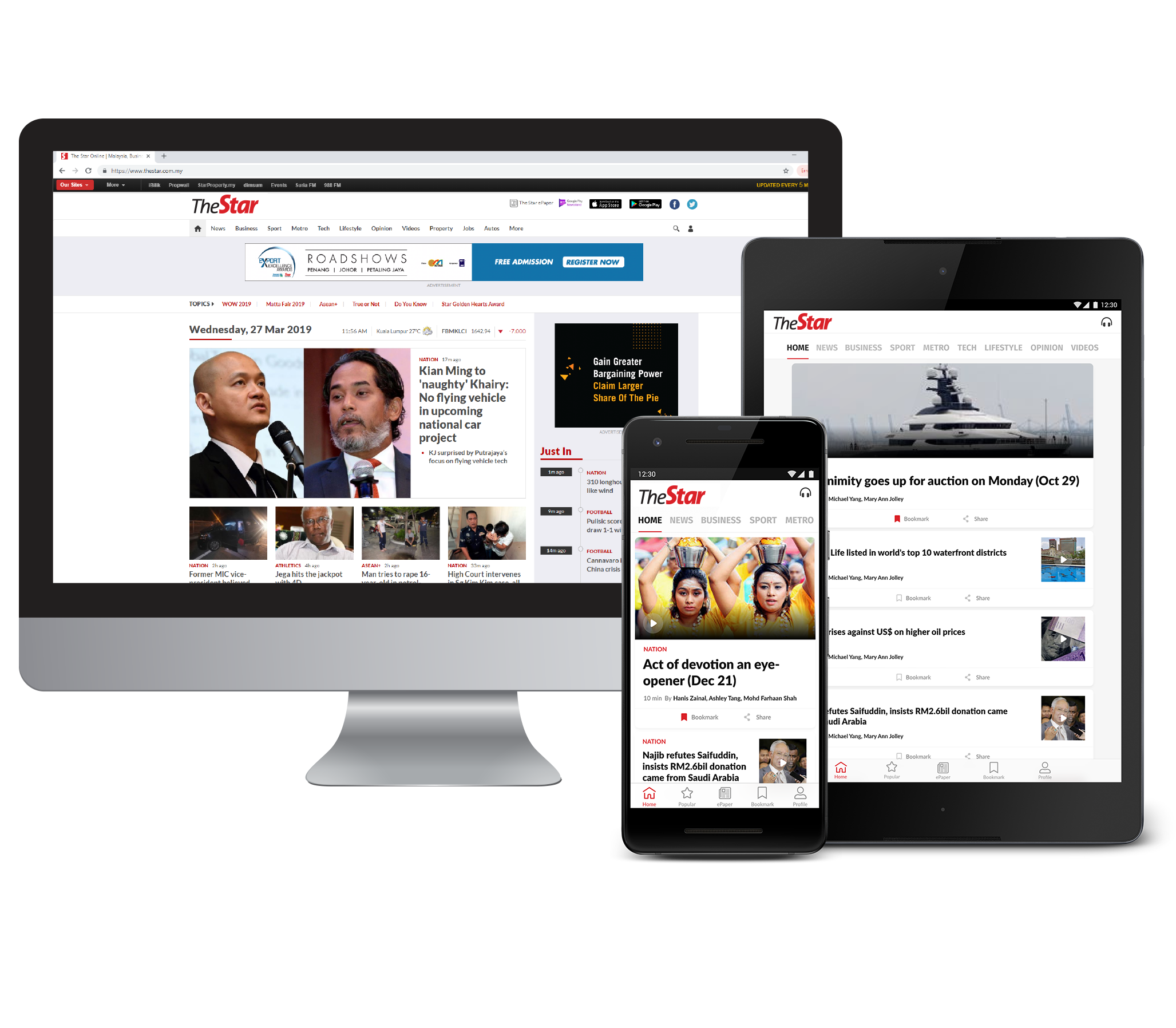When Leong finds herself in a chaotic situation, the Proloquo app becomes an invaluable tool for communication and seeking assistance. — SAMUEL ONG/The Star
As digital interactions become a cornerstone of modern life, technology has emerged as a lifeline for the neurodivergent community by serving as essential aids for communication and interaction in both real and virtual worlds.
For Beatrice Leong, founder of the Autism Inclusiveness Direct Action Group (Aida), the digital world is a vital tool for empowering neurodivergent individuals to express themselves and find their voice.






